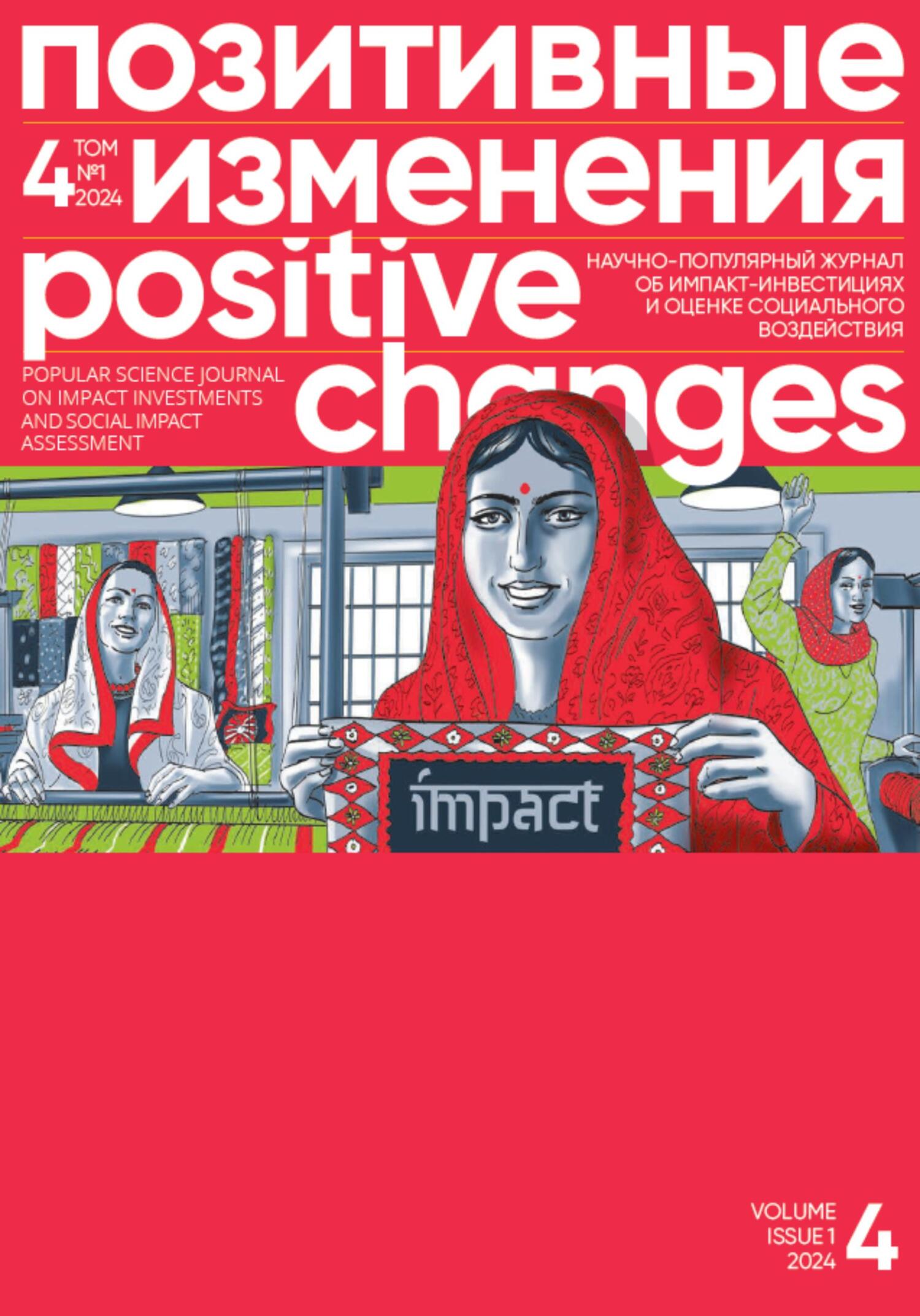issues of inequality and injustice. And I imagined how wonderful it would be if a project could emerge that would bridge the divide between marginalized rural communities and prospering urban India, between tradition and modernity. This vision was inspired by AMUL — the Indian Dairy Cooperative, uniting farmers throughout the country to sell milk and dairy products in India and internationally.
In 2006, we officially launched rangSutra Crafts India and started work in full swing. Our purpose is to ensure regular work and sustainable livelihoods for rural artisan communities. We build on the skills that artisans and their teams already possess, training them in the operation of modern equipment and technologies necessary for managing a 21st century enterprise — one which is equally committed to people and the planet, along with financial sustenance / profits.
RangSutra constructs a bridge connecting artisans and their creations with the handcrafted goods market, both within India and globally.
The primary shareholders of rangSutra are the village artisans themselves. And this is not the most obvious solution. How did you come to adopt this governance model?
We needed capital to start, but philanthropic organizations were unwilling to fund us as we were not a charitable organization. Banks were unwilling to lend us money due to our lack of business experience, and our inability to provide collateral for loans. Then William Bissell of Fabindia (an Indian retail network specializing in clothing, home décor, furniture, textiles, and handcrafted items — ed. note) proposed that artisans put in their own capital, however modest. Without much ado, 1,000 artisans, 800 of them women from the URMUL Trust community tackling poverty, put in trust, talent and a 1,000 rupees each into our venture. Thus was born rangSutra — a community-owned social enterprise focused on producing and selling ethically made, handcrafted apparel and home furnishing.
Later, Aavishkaar (a leading Indian firm in robotics, engineering, and technological education — ed. note) and Fabindia became investors in rangSutra. We also headed a government initiative to conserve traditional handloom weaving and gained support from the United Nations Development Program and the World Bank to establish artisanal and weaving clusters in other states — Uttar Pradesh and Kashmir. More recently, we have partnered with the CSR departments of major Indian corporations.
Who can now become a shareholder in rangSutra, and what does this mean for the artisans themselves?
Individual artisans cannot become shareholders; they have to belong to a group, who work collectively in this sector and are keen to work with us, as part of rangSutra. It is essential to acknowledge that they have their representatives on the company’s board of directors, and they weigh in on crucial decisions of the company.
In hindsight, I can confidently state that the decision to invite artisans to become shareholders was the right one. This has fostered a sense of independence, particularly among female artisans for whom rangSutra shares might be their sole owned asset, as land and family homes are often owned by men. Moreover, collaboration with our company has provided them with personal bank accounts and funds, which they can manage at their discretion.
How is rangSutra structured at present?
The enterprise’s structure can be visualized as a wheel, where the spokes are arrayed around a central hub. The village craft centers (rangSutra Kala Kendra) represent the “spokes,” while the district headquarters are the “hub” center. One or two managers, and at times more, oversee and supervise the work of around 15–20 artisans. Managers are present in every village center. These managers, both women and men, are artisans themselves with at least a high school education and, importantly, leadership skills. They assist other artisans, elevating the centers themselves to a higher level.
Originally, the craft centers were just set up in someone’s backyard, but gradually, they were moved to specialized production sites constructed by local government bodies. Among our artisans, there are many young people, particularly women. Initially, some women were reluctant to join us, and often their husbands and parents did not permit them to work outside their homes. However, there were always bold trailblazers and soon the others followed.
People turn to us because, regrettably, in the areas where they live, there are not many options of non-farm work in the areas we work in. Partnering with us provides them with a job they enjoy and comfortable work conditions.
What occupation does a rangSutra artisan undertake, and what is the average income?
RangSutra employs 110 full-time employees and 2,500 artisans. The remaining 500 are still in the cluster development phase and get intermittent work. The average part-time income for a 4-hour workday, 5 days a week, is about 6,000 rupees per month. A full-time artisan, working 8 hours a day, 6 days a week, can earn up to 16,000 rupees.
Full-time staff primarily engage in handloom weaving, while part-timers do hand embroidery. Weaving is complex: before sitting at the loom, one must perform preparatory tasks such as winding yarn onto a spool, dyeing it, preparing the base, and securely attaching the base to the loom. Attention to detail is crucial to ensure the fabric on the loom is uniform and the patterns conform to the design.
You celebrated a decade of partnership with IKEA last year. I understand it was this alliance with the brand that motivated the establishment of the centers. Could you elaborate on that?
A decade of collaboration with IKEA marks a significant step on rangSutra’s path towards societal and economic advancement. It has propelled our growth and stimulated the creation of village centers, which over time became learning





